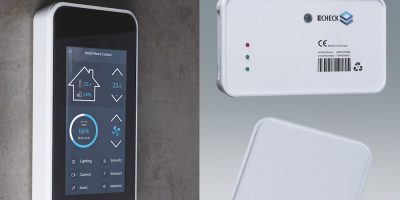Light detection and ranging (lidar) is increasingly popular in robotics and industrial proximity sensing where mm range accuracy is required. ON Semiconductor has introduced the a reference design based on its Silicon Photomultiplier (SiPM) technology.
The SiPM direct time of flight (dToF) lidar platform exploits the dToF method, which measures the time it takes for a pulse of light, normally in the near infrared (NIR) wavelength range, to travel to and from an object. This deceptively simple technology can incur challenges, such as high levels of ambient solar light. To determine range accurately, the receiver needs to capture as much of the signal as possible. ON Semiconductor says that the SiPM sensor overcomes the shortfall of traditional photodiodes by providing faster response times and high detection efficiency. The reference platform uses the RB-Series, second generation of SiPM sensors, which deliver improved performance in red and the NIR range.
The reference design includes the NIR laser diode, SiPM sensor and optics, as well as the digital processing necessary to convert the detected signals into elapsed time, and elapsed time into distance. OEMs can adapt it for production of industrial range finding applications.
To accelerate customers’ time to market, ON Semiconductor has made all of the design data for the reference platform available, covering the schematics, BoM, Gerber files, and PCB design files. A PC-based GUI is also accessible, which provides a graphical representation of the measurements over time. The histograms generated provide further evidence of the system’s capabilities in applications such as range finding, collision detection and 3D mapping.
The SiPM dToF lidar platform can detect objects at distances between 100mm and 23m. The design is FDA Class 1 certified and compliant with IEC / EN 60825-1:2014 and 21 CFR 1040.10/ 1040.11 laser safety standards.
ON Semiconductor supplies semiconductor-based solutions, offering a portfolio of energy efficient, power management, analogue, sensors, logic, timing, connectivity, discrete, SoC and custom devices for automotive, communications, computing, consumer, industrial, medical, aerospace and defence applications.
ON Semiconductor operates a network of manufacturing facilities, sales offices and design centres in key markets throughout North America, Europe and the Asia Pacific regions.






